बायà¥à¤¸à¥à¤«à¥à¤à¥ à¤à¥à¤²à¤¾à¤¸ II à¤à¥à¤¬à¤¿à¤¨à¥à¤à¥à¤¸
बायà¥à¤¸à¥à¤«à¥à¤à¥ à¤à¥à¤²à¤¾à¤¸ II à¤à¥à¤¬à¤¿à¤¨à¥à¤à¥à¤¸ Specification
- मटेरियल
- स्टेनलेस स्टील
- फ़ीचर
- टिकाऊ
- एप्लीकेशन
- Bio safety Cabinets
- फ़्रेम सामग्री
- स्टेनलेस स्टील
- वोल्टेज
- 230 वोल्ट (v)
बायà¥à¤¸à¥à¤«à¥à¤à¥ à¤à¥à¤²à¤¾à¤¸ II à¤à¥à¤¬à¤¿à¤¨à¥à¤à¥à¤¸ Trade Information
- Minimum Order Quantity
- 1 Unit
- भुगतान की शर्तें
- कैश इन एडवांस (CID)
- आपूर्ति की क्षमता
- 100 प्रति महीने
- डिलीवरी का समय
- 2-10 दिन
- मुख्य घरेलू बाज़ार
- ऑल इंडिया
About बायà¥à¤¸à¥à¤«à¥à¤à¥ à¤à¥à¤²à¤¾à¤¸ II à¤à¥à¤¬à¤¿à¤¨à¥à¤à¥à¤¸
FAQs of Bio safety Cabinets:
Q: What is the primary application of the Bio Safety Cabinets?
A: The primary application of the Bio Safety Cabinets is to provide a controlled environment for handling biological materials while ensuring safety for the user, the product, and the environment.Q: What is the operating voltage of the Bio Safety Cabinets?
A: The Bio Safety Cabinets operate at a voltage of 230 Volt (v).Q: What material is used for constructing the Bio Safety Cabinets?
A: The Bio Safety Cabinets are constructed using stainless steel, which ensures durability and high resistance to corrosion.Q: What is the frame material of the Bio Safety Cabinets?
A: The frame material of the Bio Safety Cabinets is also made of stainless steel.Q: What is one key feature of the Bio Safety Cabinets?
A: A key feature of the Bio Safety Cabinets is their durability, ensuring long-lasting performance.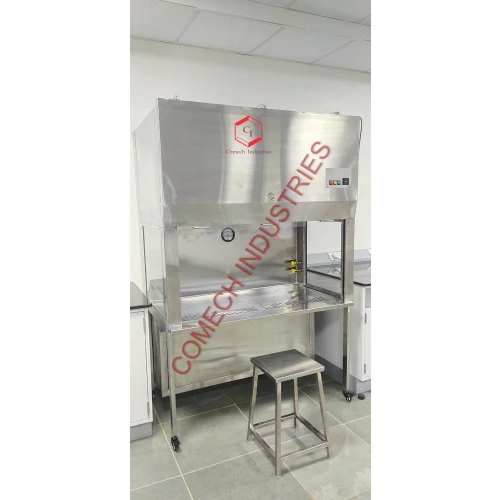

Price: Â
- 50
- 100
- 200
- 250
- 500
- 1000+
अधिक Products in साफ़ कमरे के उपकरण Category
SS304 एयर शावर यूनिट
माप की इकाई : यूनिट/यूनिट
वोल्टेज : 440 वोल्ट (v)
मूल्य की इकाई : यूनिट/यूनिट
मटेरियल : स्टेनलेस स्टील
मूल्य या मूल्य सीमा : आईएनआर
न्यूनतम आदेश मात्रा : 1
क्लीन रूम फैन फिल्टर यूनिट
माप की इकाई : यूनिट/यूनिट
वोल्टेज : 230 वोल्ट (v)
मूल्य की इकाई : यूनिट/यूनिट
मटेरियल : स्टेनलेस स्टील
मूल्य या मूल्य सीमा : आईएनआर
न्यूनतम आदेश मात्रा : 1
डिस्पेंसिंग बूथ सैंपलिंग बूथ
माप की इकाई : यूनिट/यूनिट
वोल्टेज : 220440 वोल्ट (v)
मूल्य की इकाई : यूनिट/यूनिट
मटेरियल : स्टेनलेस स्टील
मूल्य या मूल्य सीमा : आईएनआर
न्यूनतम आदेश मात्रा : 1
पॉजिटिव प्रेशर मॉड्यूल
माप की इकाई : यूनिट/यूनिट
वोल्टेज : 230 वोल्ट (v)
मूल्य की इकाई : यूनिट/यूनिट
मटेरियल : स्टेनलेस स्टील
मूल्य या मूल्य सीमा : आईएनआर
न्यूनतम आदेश मात्रा : 1


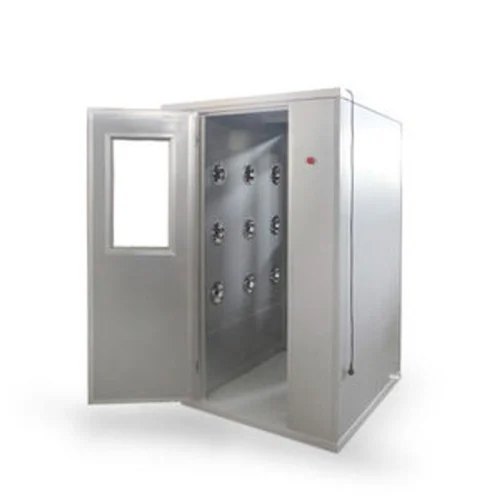
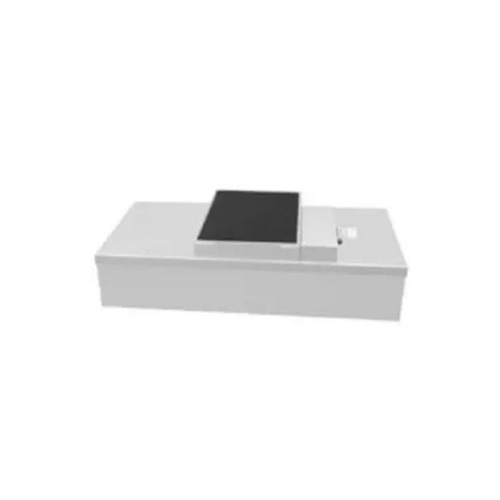
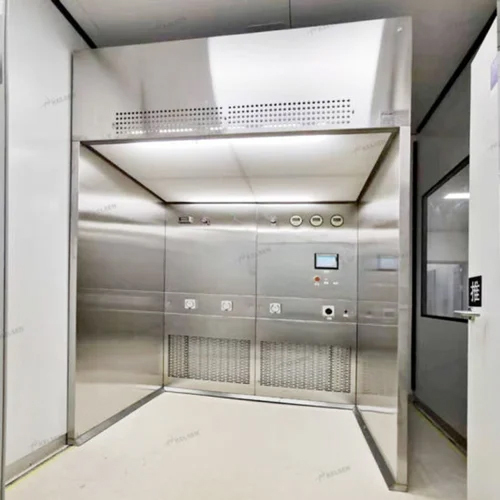
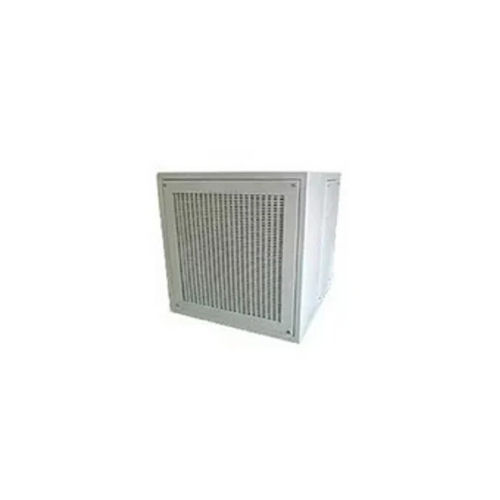


 जांच भेजें
जांच भेजें